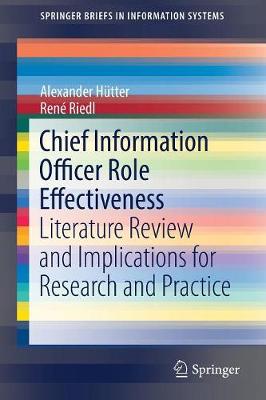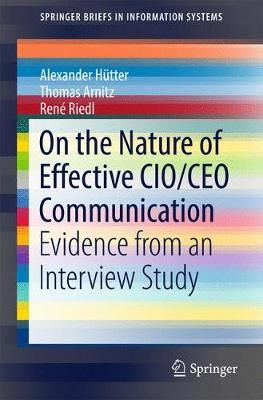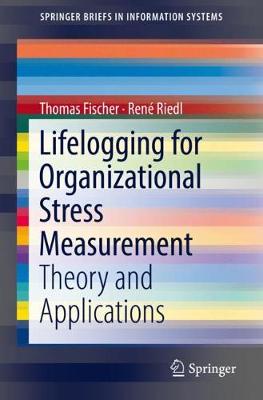SpringerBriefs in Information Systems
3 total works
Chief Information Officer Role Effectiveness
by Alexander Hutter and Rene Riedl
On the Nature of Effective CIO/CEO Communication
by Alexander Hutter, Thomas Arnitz, and Rene Riedl
Lifelogging for Organizational Stress Measurement
by Thomas Fischer and Rene Riedl
In recent decades, organizational stress researchers have repeatedly called for more longitudinal studies. This book argues that tools and devices that have been developed for the private or organizational domains could be helpful when it comes to studying longitudinal phenomena, as they offer unobtrusive measurement and are frequently employed by many individuals in daily life. In particular, the book examines lifelogging, a research field that addresses the computer-based collection of individual experiences.
Further, it highlights areas in organizational stress research that benefit from insights in the lifelogging literature and provides a summary of tools that can be used for stress measurement. It also offers an overview of the latest research and current developments on lifelogging and organizational stress for researchers interested in self-measurement of stress-related effects and for organizational stress researchers.

